Select an Orthopaedic Specialty and Learn More
Use our specialty filter and search function to find information about specific orthopaedic conditions, treatments, anatomy, and more, quickly and easily.
GET THE HURT! APP FOR FREE INJURY ADVICE IN MINUTES
Shoreline Orthopaedics and the HURT! app have partnered to give you virtual access to a network of orthopaedic specialists, ready to offer guidance for injuries and ongoing bone or joint problems, 24/7/365.
Browse Specialties
-
- Foot & Ankle
Cavovarus Foot Deformity
The term “cavovarus” refers to a foot with an arch that is higher than normal, and that turns in at the heel. Weakness in the peroneal muscles and sometimes the small muscles in the foot are often the cause of a cavovarus foot deformity. As the deformity worsens, there can be increasing pain at the ankle due to recurrent sprains, painful calluses at the side of the foot or base of the toes, or difficulty with shoe wear.
More Info -
- Hand & Wrist
De Quervain’s Tendinitis
De Quervain’s tendinitis occurs when the tendons around the base of the thumb become irritated or swollen, causing the synovium around the tendon to swell and changing the shape of the compartment, which makes it difficult for the tendons to move properly.
More Info -
- Diagnostics & Durable Medical Equipment (DME)
Durable Medical Equipment (DME)
Shoreline Orthopaedics offers Durable Medical Equipment (DME) designed to address a wide variety of orthopaedic conditions and musculoskeletal issues. Our experts will provide the necessary instructions for use and help with fitting for the best possible outcome.
More Info -
- Arthritis
- Elbow
- Joint Disorders
Elbow Arthritis
Elbow arthritis is a common cause of elbow pain and stiffness, but is less common than arthritis in other joints of the body. Arthritis is the loss of the normal protective cartilage that covers the bones. When this cartilage or “padding” of the bone breaks down and is lost, areas of raw bone become exposed. When large areas of bone are exposed, they grind against each other with standing and walking. This is “bone on bone” arthritis and is usually painful.
More Info -
- Foot & Ankle
Equinus
When the ankle joint lacks flexibility and upward, toes-to-shin movement of the foot (dorsiflexion) is limited, the condition is called equinus. Equinus is a result of tightness in the Achilles tendon or calf muscles (the soleus muscle and/or gastrocnemius muscle) and it may be either congenital or acquired. This condition is found equally in men and women, and it can occur in one foot, or both.
More Info -
- Physical Medicine & Rehabilitation (PM&R)
Fibromyalgia
Fibromyalgia is a condition characterized by widespread pain and tenderness to the touch. Other symptoms commonly associated with fibromyalgia are fatigue, waking unrefreshed, depression, anxiety and memory problems. Numbness and tingling, weakness, urinary frequency, diarrhea and constipation may be present, as well.
More Info -
- Arthritis
- Hand & Wrist
- Joint Disorders
Hand & Wrist Arthritis
There are many small joints in the hand and wrist that work together to produce the fine motion necessary to perform detailed tasks such as threading a needle or tying a shoelace. When one or more of these joints is affected by arthritis, even simple activities can become difficult. Although there are many types of arthritis, most fall into one of two major categories: osteoarthritis and rheumatoid arthritis, or RA.
More Info -
- Fractures, Sprains & Strains
- Knee
- Ligament Disorders
- Sports Medicine
PCL Injuries & Reconstruction
Injuries to the posterior cruciate ligament are not as common as other knee ligament injuries. They are often subtle and more difficult to evaluate than other ligament injuries in the knee. Many times a posterior cruciate ligament injury occurs along with injuries to other structures in the knee, such as cartilage, other ligaments, and bone.
More Info -
- Joint Disorders
- Shoulder
- Sports Medicine
SLAP Tear
A SLAP (Superior Labrum Anterior and Posterior) tear is an injury to the top (or superior) part of the labrum. SLAP tears can be the result of acute trauma, or repetitive overhead sports, such as throwing athletes or weightlifters, have an increased risk of injury to the superior labrum. Many SLAP tears are the result of a wearing down of the labrum that occurs slowly over time.
More Info -
- Fractures, Sprains & Strains
- Muscle Disorders
- Sports Medicine
Thigh Muscle Strain
Muscle strains usually happen when a muscle is stretched beyond its limit, tearing the muscle fibers. They frequently occur near the point where the muscle joins the tough, fibrous connective tissue of the tendon. A similar injury occurs if there is a direct blow to the muscle. Muscle strains are graded according to their severity.
More Info -
- Fractures, Sprains & Strains
- Hand & Wrist
- Joint Disorders
- Ligament Disorders
- Sports Medicine
Wrist Sprains
Sprained wrists are often caused by a fall, such as onto an outstretched hand, or when the joint is bent forcefully or suddenly twisted. Wrist sprains are graded according to the degree of injury to the ligaments, and they can range from mild to severe.
More Info


